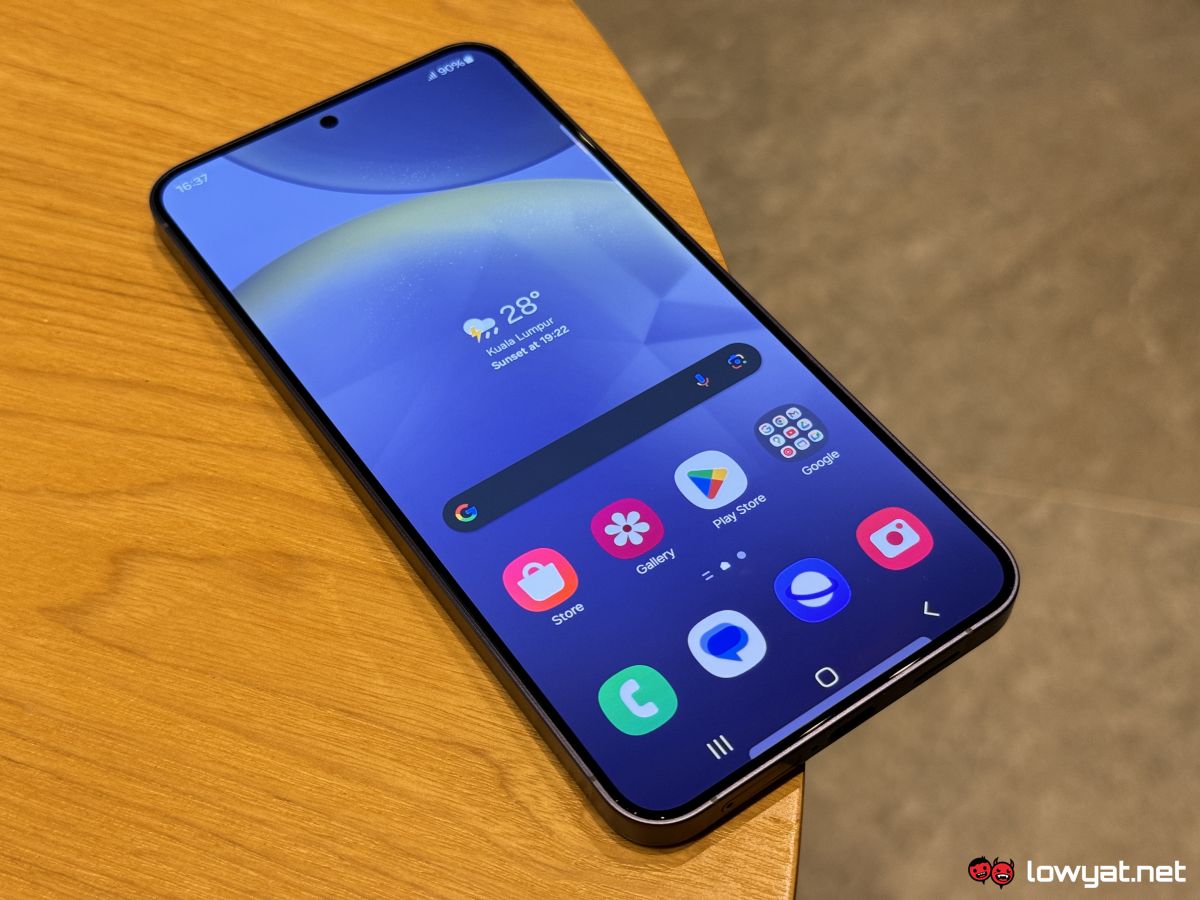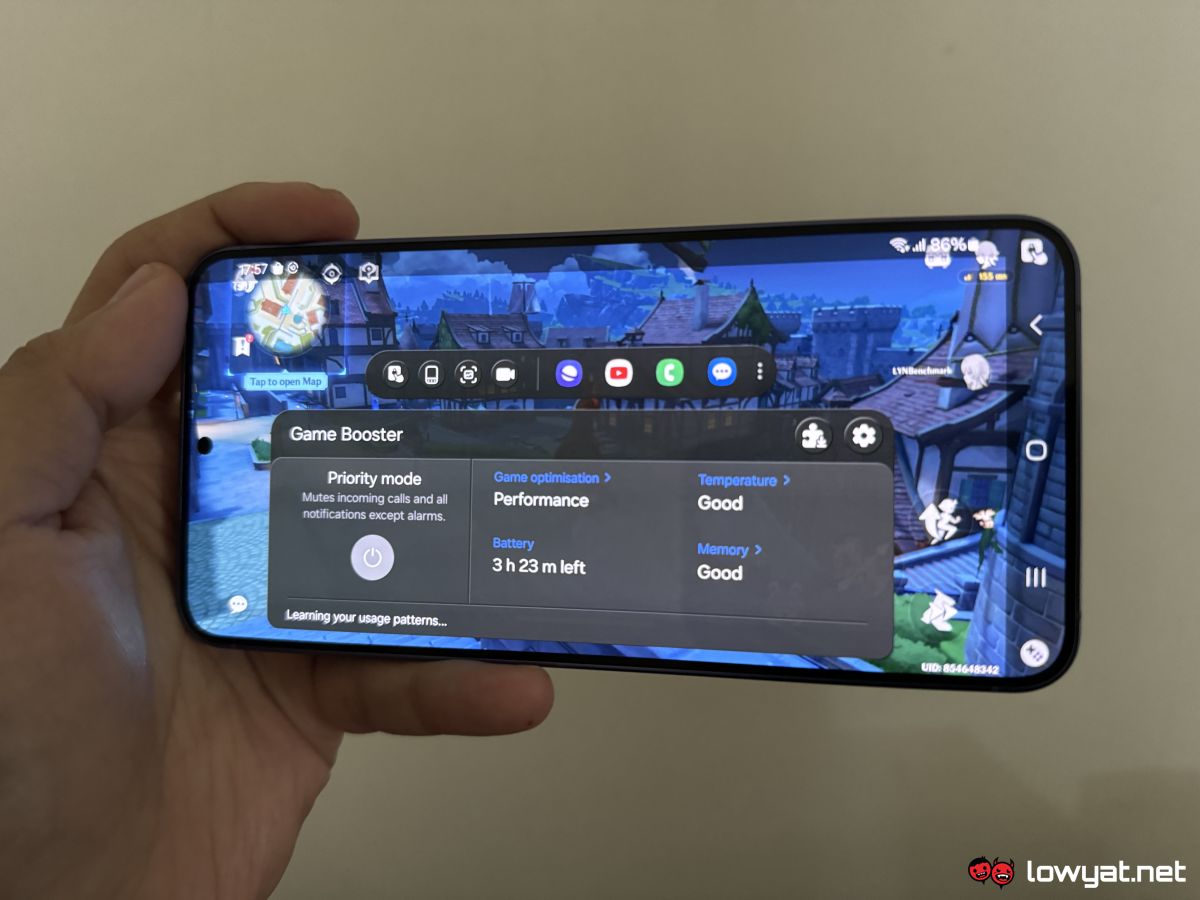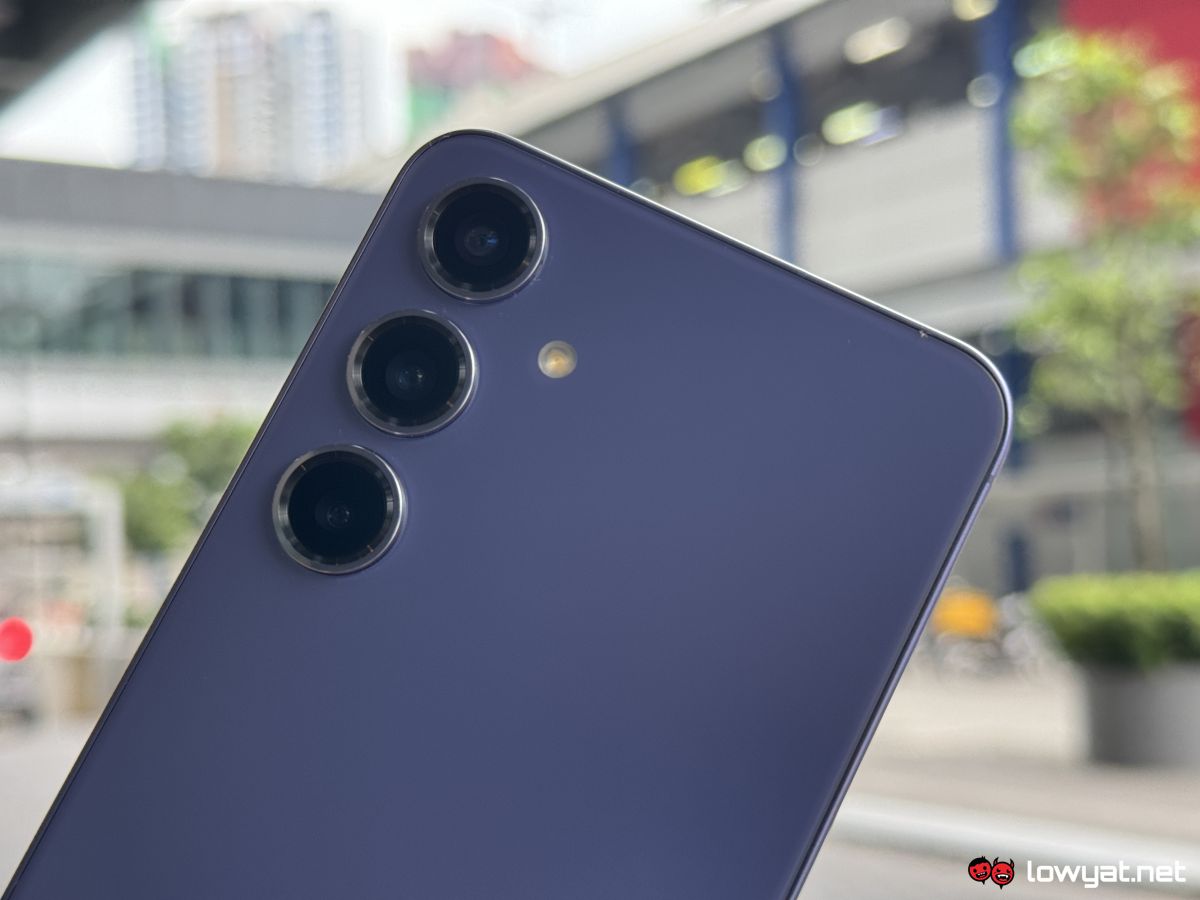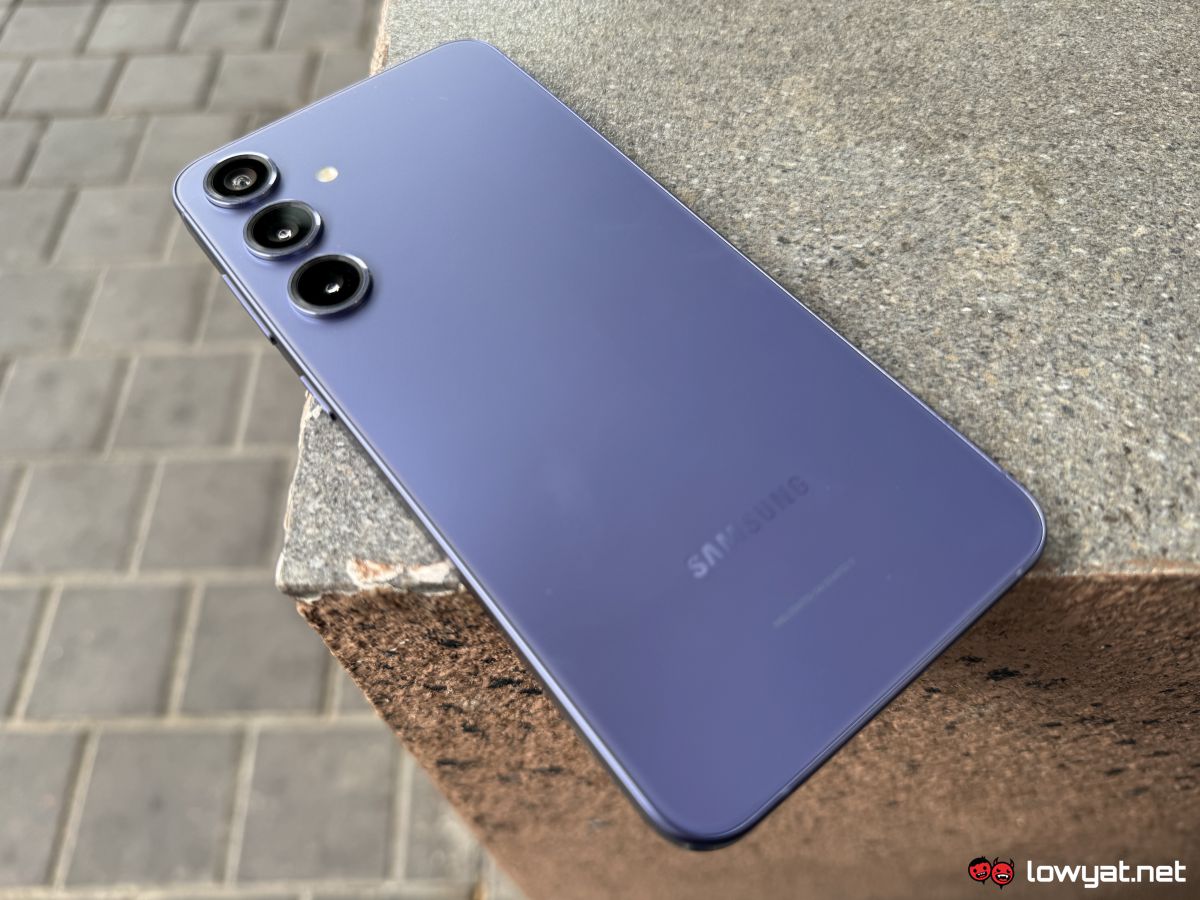You know the drill. Samsung has recently launched its latest flagship smartphones, the Galaxy S24 series. This time around, rather than championing the updated hardware and camera capabilities, the tech giant has taken a gamble on promoting a whole new feature that’s currently exclusive on all three models: the Galaxy AI.
However, this piece isn’t about the on-device generative AI system, but rather about one of the aforementioned devices which hosts it, namely the Samsung Galaxy S24+. Although, if you are interested to learn more about the feature, you might want to check out my Galaxy AI hands-on article by clicking this link.
So, what’s new on this year’s Plus variant, you ask? Thankfully, there’s plenty, but not all are obvious. Despite looking almost the same as its predecessor, there are some changes in the design of the Galaxy S24+, believe it or not.

For starters, it is actually larger, but ever so slightly. Samsung has bumped the Dynamic AMOLED display size to 6.7 inches, while the resolution is boosted to 3088 x 1440 pixels, and its peak brightness is higher at 2600 nits. The bezels are also much thinner this time around, allowing for more screen real estate. Everything else, including the display’s 120Hz refresh rate, Always On capability, Corning Gorilla Glass Victus 2 protection and ultrasonic under-display fingerprint sensor, are retained from last year’s model.
Meanwhile, the phone’s surrounding frame is now made of second-generation “aluminium armour” which is supposedly better than what came before. It’s not titanium, but the material is still sturdy and provides a nice grip when held.
Speaking of which, the Galaxy S24+ feels nice in hand. While not compact like its sibling, the phone’s size pretty much follows the size standard of similar devices in the market. It is also considerably light, coming in at around 196 grams, which is the same as last year’s model.
And now let’s address the elephant in the room: Yes, the Plus (and the vanilla model) does indeed come equipped with Samsung’s own Exynos chipset instead of the mighty Snapdragon 8 Gen 3 for Galaxy, which the Ultra variant has. But is it all that bad as speculated by many, though?

Well, I’ll be reserving my thoughts on the Exynos 2400’s performance for my in-depth review of the Galaxy S24+, once I’ve conducted all of the necessary testing. For now, I can share that Samsung’s latest first-party chip is certainly leagues better than its predecessor that’s equipped on the Galaxy S23 FE, and some benchmarks are even showing it performing higher than last year’s Snapdragon 8 Gen 2 for Galaxy SoC. So far, so good.
Other notable upgrades include a higher RAM count of up to 12GB, a battery capacity boost to 4,900mAh, and an updated One UI interface with Android 14. In case you’re wondering, the highest storage offering on the Galaxy S24+ is 512GB, while the fast charging rate (via USB-C 3.2) remains at 45W. As with its Exynos 2400 chip, I’ll save my thoughts on these aspects for the upcoming review.
And the same can be said for the entirety of the phone’s camera setup, though I can share some initial impressions. Just so you know, the imaging system on the Samsung Galaxy S24+ is exactly the same as its predecessor, but with some minor tweaks. On its back is a 50MP primary camera with OIS, a 10MP telephoto and a 12MP ultra-wide, whereas housed within the cutout on the display is a 12MP selfie shooter.
All that said, the setup performs more or less the same as last year’s model, but with some subtle involvement of improved AI assistance in image optimisation. The latter, as expected, is apparent in photos captured through digital zoom and in low-light. Of course, you do have the option to disable the AI features altogether if you so wish.

Well, that’s all I can share about the Samsung Galaxy S24+ at this time, so stay tuned for my full review that’s coming soon. Until then, I’ll be putting more time in giving its overall performance and available features to the test.
Follow us on Instagram, Facebook, Twitter or Telegram for more updates and breaking news.











